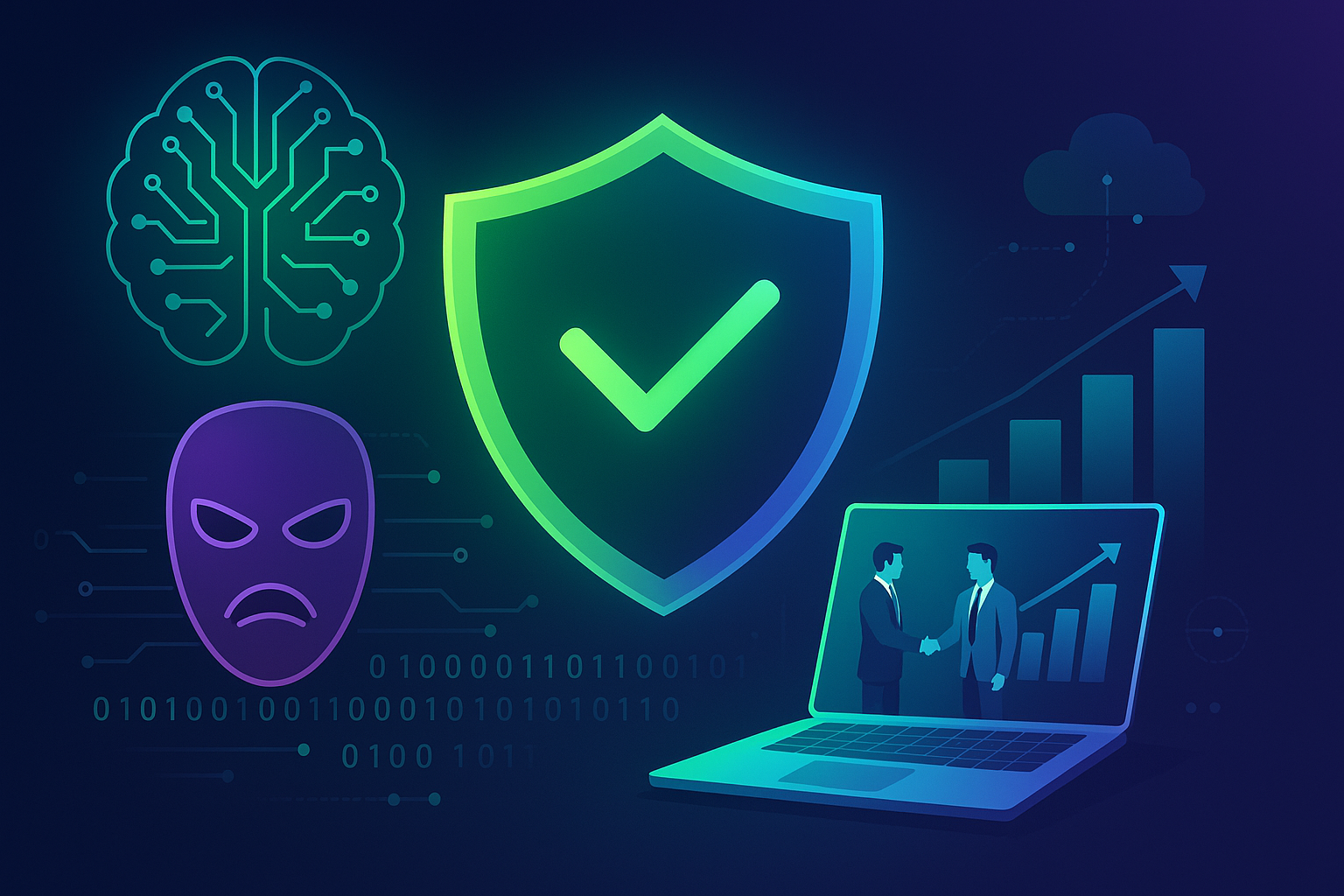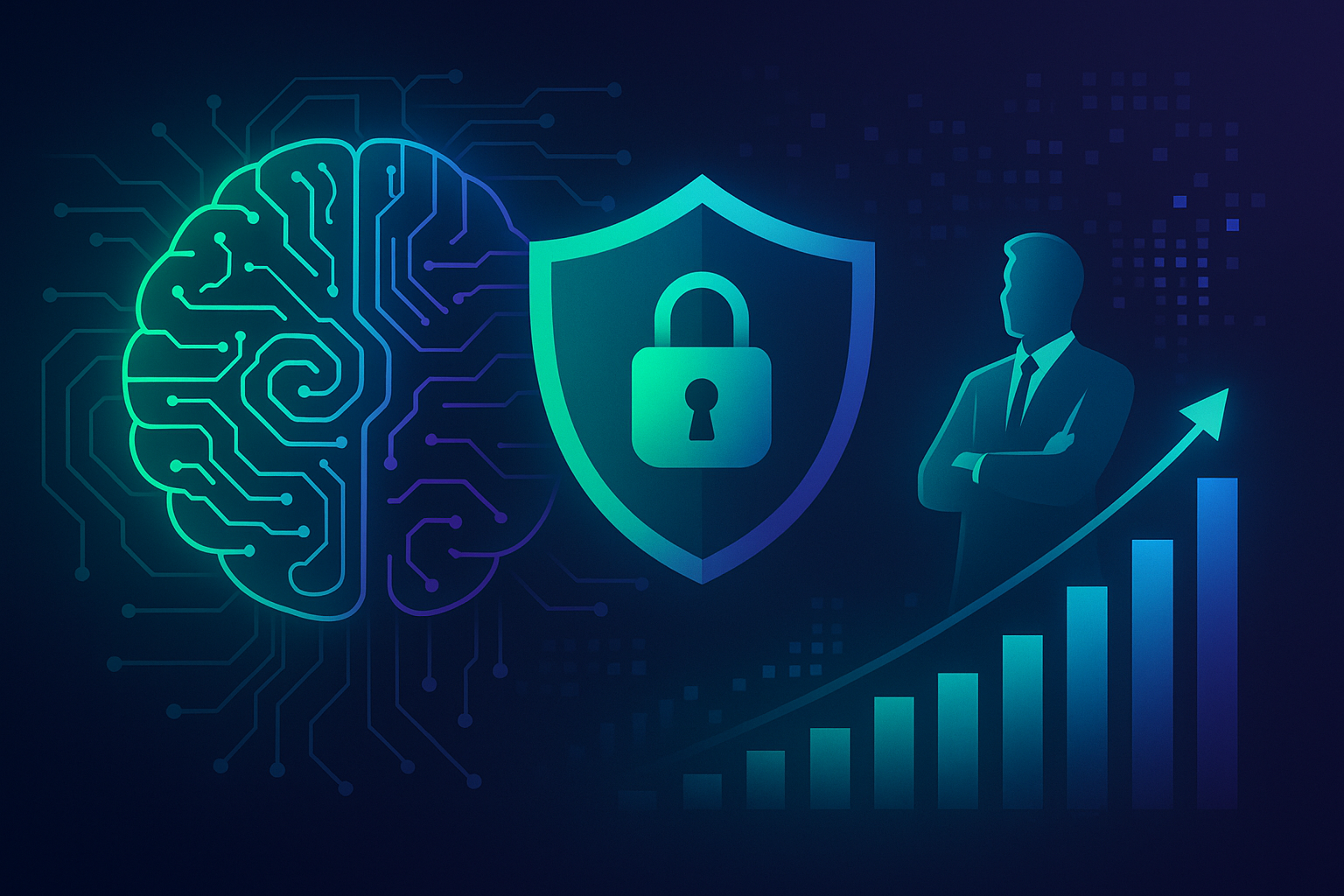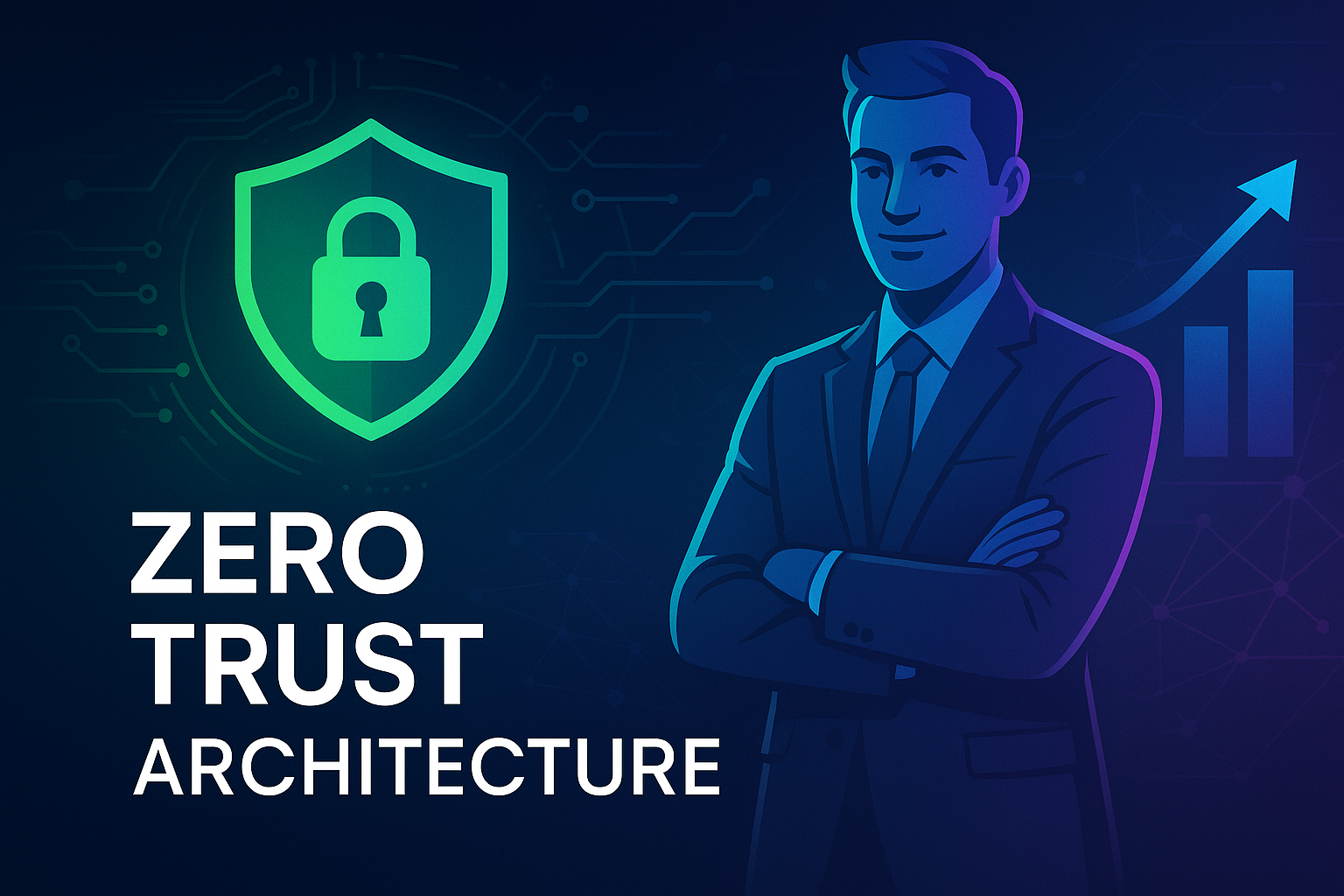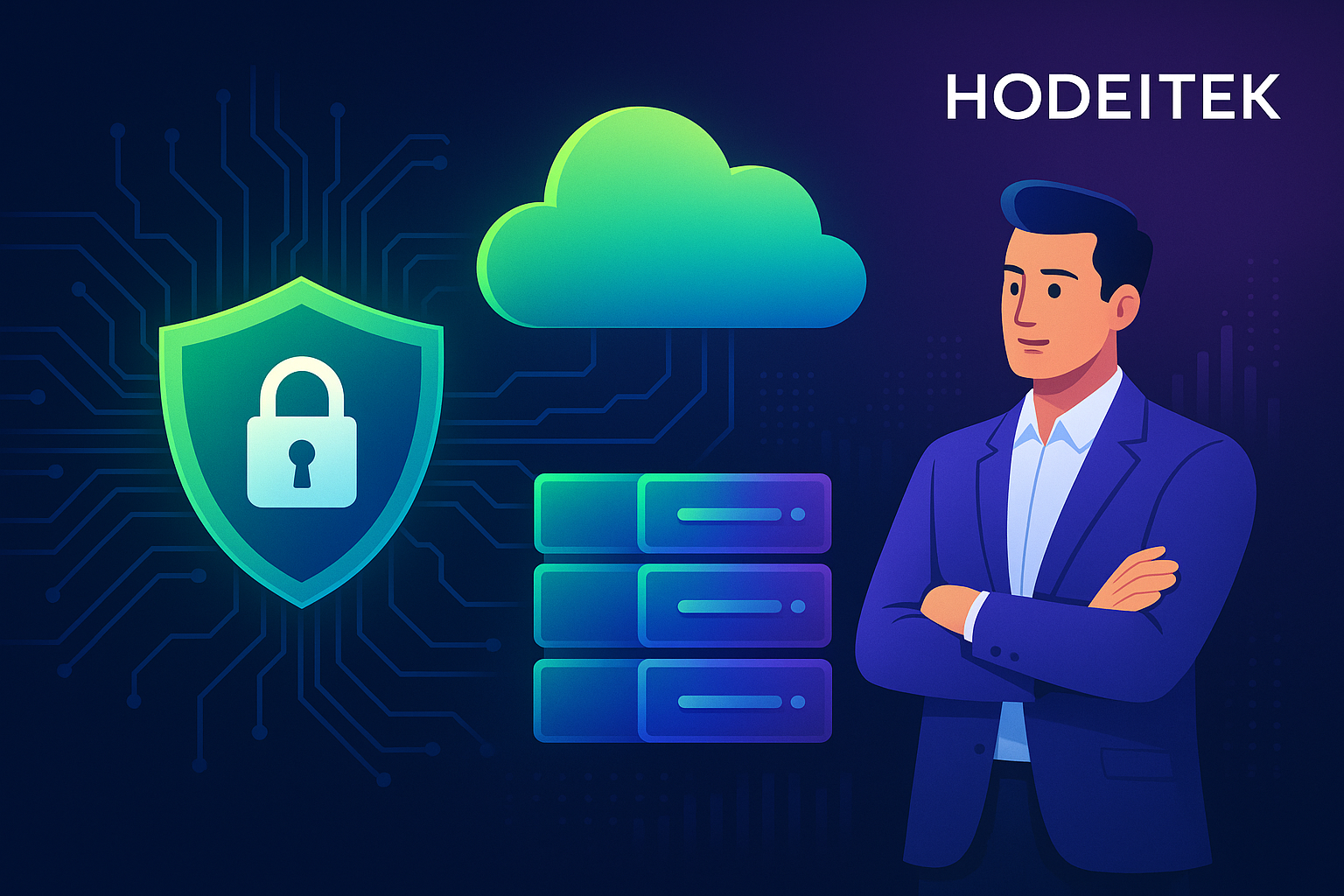APT41 Infiltrates Networks in Italy: A Deep Dive into the Cyber Threat Landscape
Recently, The Hacker News reported a significant cyber espionage campaign conducted by APT41, a notorious state-sponsored hacking group. This article will delve into the specifics of the APT41 infiltration in Italy, explore its implications, and discuss how organizations can protect themselves against such sophisticated threats. Our goal is to inform, generate leads, and increase traffic, particularly for businesses in Spain and the European Union, while remaining relevant globally.
Understanding APT41: The Masterminds Behind the Attack
APT41, also known as Winnti, is a Chinese cyber-espionage group known for conducting a variety of cybercrimes, including supply chain attacks, ransomware campaigns, and theft of intellectual property. The group’s agility and sophistication make them one of the most formidable threats in the cyber world today.
The Infiltration of Italian Networks
According to the report, APT41 successfully breached several networks in Italy, targeting both public sector entities and private organizations. The attack vectors used included spear-phishing emails, zero-day vulnerabilities, and advanced persistent threats (APTs), making the breach particularly challenging to detect and mitigate.
Implications for Cybersecurity
The infiltration underscores the increasing sophistication of cyber threats and the need for enhanced cybersecurity measures. For businesses, understanding these implications is crucial for safeguarding sensitive data and ensuring operational resilience.
Spear-Phishing: A Persistent Threat
Spear-phishing remains one of the most effective tactics used by APT41. By crafting highly personalized emails, the group can deceive even the most vigilant employees into executing malicious attachments or links, facilitating initial access to the targeted network.
Zero-Day Vulnerabilities: The Silent Intruder
APT41 also exploits zero-day vulnerabilities—flaws in software that are unknown to the vendor and thus unpatched. These vulnerabilities can remain undetected for extended periods, providing attackers with a hidden entry point.
How to Protect Your Organization
Given the evolving nature of cyber threats, businesses must adopt a multi-layered defense strategy. Hodeitek offers a range of cybersecurity services designed to protect against the most sophisticated attacks, including those from groups like APT41.
EDR, XDR, and MDR Services
Endpoint Detection and Response (EDR), Extended Detection and Response (XDR), and Managed Detection and Response (MDR) are crucial in identifying and mitigating threats across endpoints. These services provide continuous monitoring, threat detection, and automated response capabilities, ensuring swift action against potential breaches.
Benefits of EDR, XDR, and MDR:
- Real-time threat detection and response
- Comprehensive visibility across the entire IT landscape
- Reduced dwell time for threats
Next Generation Firewall (NGFW)
NGFW provides advanced network security by combining traditional firewall capabilities with additional features such as in-line deep packet inspection (DPI), intrusion prevention systems (IPS), and application awareness. These firewalls are vital in defending against sophisticated threats that traditional firewalls may miss.
Benefits of NGFW:
- Enhanced threat prevention and detection
- Improved network traffic visibility
- Integrated advanced security features
Vulnerability Management as a Service (VMaaS)
VMaaS helps organizations identify, assess, and remediate vulnerabilities in their systems. By regularly scanning for vulnerabilities, businesses can prioritize and mitigate risks before they can be exploited by attackers.
Benefits of VMaaS:
- Continuous vulnerability assessment
- Prioritized remediation strategies
- Improved security posture
SOC as a Service (SOCaaS) 24×7
SOCaaS provides around-the-clock monitoring and threat detection by a team of cybersecurity experts. This service ensures that businesses have continuous protection against cyber threats, leveraging advanced tools and techniques to identify and respond to incidents swiftly.
Benefits of SOCaaS:
- 24/7 threat monitoring
- Expert incident response
- Reduced risk of data breaches
Industrial SOC as a Service (SOCaaS) 24×7
Similar to SOCaaS, Industrial SOCaaS focuses on monitoring and protecting industrial control systems (ICS) and operational technology (OT) environments. This service is essential for critical infrastructure sectors to mitigate risks unique to industrial systems.
Benefits of Industrial SOCaaS:
- Dedicated protection for ICS/OT environments
- Continuous monitoring and threat detection
- Enhanced incident response capabilities
Cyber Threat Intelligence (CTI)
CTI involves the collection and analysis of information about current and emerging threats. By gaining insights into threat actors’ tactics, techniques, and procedures (TTPs), organizations can better anticipate and defend against potential attacks.
Benefits of CTI:
- Proactive threat detection
- Improved defensive strategies
- Informed risk management decisions
Data Loss Prevention (DLP)
DLP technologies prevent sensitive data from being lost, misused, or accessed by unauthorized individuals. Implementing DLP solutions helps organizations safeguard their most valuable information assets.
Benefits of DLP:
- Protection against data breaches
- Compliance with data protection regulations
- Enhanced data security measures
Web Application Firewall (WAF)
WAFs protect web applications by filtering and monitoring HTTP traffic between a web application and the Internet. They help mitigate numerous threats, including SQL injection, cross-site scripting (XSS), and other application-layer attacks.
Benefits of WAF:
- Real-time protection for web applications
- Prevention of common web-based attacks
- Improved application performance and security
Case Studies and Statistics
In a similar incident last year, a large European financial institution fell victim to an APT attack. The breach resulted in the loss of millions of euros and significant reputational damage. A comprehensive study by IBM found that the average cost of a data breach in 2023 was €4.5 million, highlighting the financial implications of inadequate cybersecurity measures.
The Role of Managed Services in Cybersecurity
Integrating managed cybersecurity services like those offered by Hodeitek can significantly reduce the risk of cyber incidents. These services provide continuous monitoring, expert analysis, and timely responses to threats, ensuring businesses remain secure and compliant with industry regulations.
Conclusion
The infiltration of Italian networks by APT41 serves as a stark reminder of the evolving cyber threat landscape. Businesses must adopt robust cybersecurity measures to protect their assets and data. Hodeitek offers a comprehensive suite of cybersecurity services designed to safeguard your organization against even the most sophisticated threats.
For more information on how Hodeitek can help secure your business, visit our services page or contact us directly through our contact page.
Don’t wait until it’s too late—take action today to fortify your cybersecurity defenses and safeguard your business from emerging threats.






